I was researching a woman noble named
Judit Thuranszky de Turik et Komjathna and some other historical persons who are probably linked in some way to this area and who I have reason to think may have been Jewish, at least hundreds of years ago. Perhaps it's that I once spent hundreds of hours reading 200 years plus of one particular Catholic church records of marriages and found one person - a man who was the town pharmacist - who was listed as Jewish. Perhaps it's because I know that in Hungary people who were living on the land of a noble who became Lutheran or Reformed or Evangelical, or some other religion, tended to feel the pressure to follow there - and back during the Counter Reformation. Perhaps it's because that the Moslem Ottoman empire was in place for so long in the territory that is Hungary that basically, I think of Hungary as a place where there has been a lot of
religious upheaval. Or that as a genealogist I'm often hearing "Jewish Rumors" that someone's grandparent said that was the family's roots. Or that DNA tests showed this was so. Or that the Hungarians were Nazis or that they were actually more tolerant of having Jewish people in the country. Or was that only along the grape growing and wine trade regions? Maybe even the "Jewish Rumors" that are always around about Princess William of Wales a.k.a Kate Middleton makes me wonder just how many generations of living as Christians does a family have to be to prove otherwise.
When it comes to finding genealogy archival documents, basically from the late 1700's Catholic churches in smaller towns and villages were keeping the records of marriages both "mixed" and of non parishioners because there was no mandate for civil registrations. This was practical because sometimes the priest at the church was one of the few who could read and write and also because so many people lived in wooden structures in villages and on estates but it was only the church or the residences of wealthy people who were made of stone that might better withstand a fire. In the larger cities where there were separate structures for the Reformed church, the Catholic church, and the Jewish Synagogue, records were kept individually - at least after that structure was built. Still, I have frequently checked these even when not expecting someone to be on them, just in case.
In all the records I have read, the name Judit is fairly rare, and to me a "giveaway" that the person in Jewish. So I found an attempt to address this question by someone named Kinga Frojimovics on the JewishGen site. To me her sampling seems limited and this is originally from 2003 but it's probably still worth the read. This article gives the dates for surname adoption.
JEWISH GEN - KINGA FROJIMOVICS - JEWISH NAMING CUSTOMS HUNGARY
As a comparison, when I do American genealogy I sometimes come across families in which "Old Testament" names have been given to the children but I find them going to the Baptist or another church and I don't find them buried in Jewish graveyards. There are many names that are "Old Testament" that have been popular for Americans at different time periods: consider the names Sharon and Deborah for instance. But in Hungary you can encounter naming patterns that are far less about the parents just liking the name, and more about honoring the birth order among the common villagers, or ancestors with nobles being given multiple names at baptisms that seem to be less ordinary.
As for surnames and titles, I think things get more mysterious for us 21st century researchers who are trying to understand how different people lived and thought way back when, as well as make our way through those charters and other manuscripts that mention important families, even when on our knees in thanks when we find one that is very legible and neatly written though in Old Hungarian; to some extent we take the word of the translator.
One article I read said that Turanism was the name given to those who were sure that Hungarians had Asian roots. Well, was this family the Turanszke's especially devoted to that belief? Was this perhaps because they themselves knew that their ancestors came from Asia?
Anyone wishing to give an opinion?
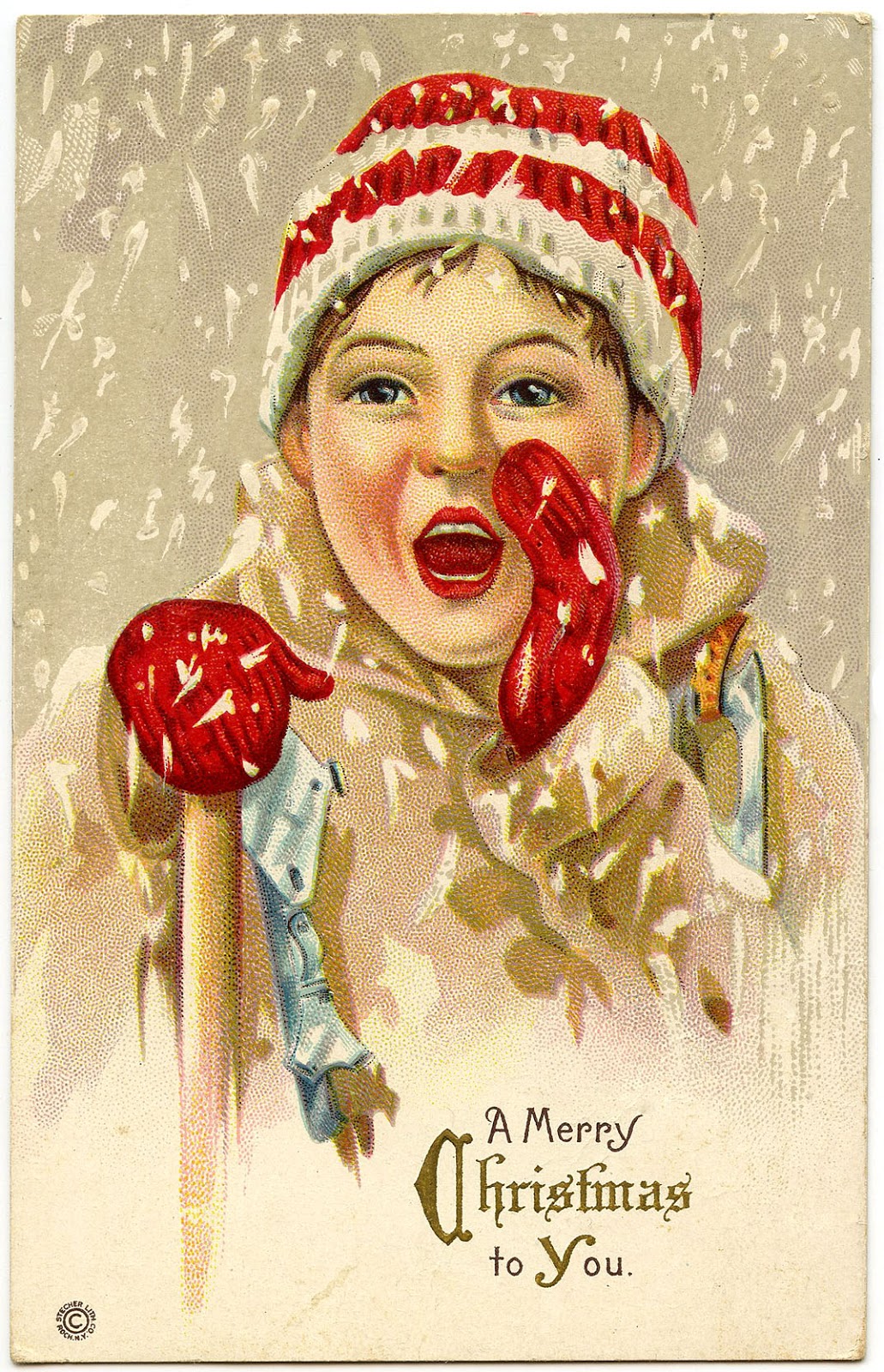
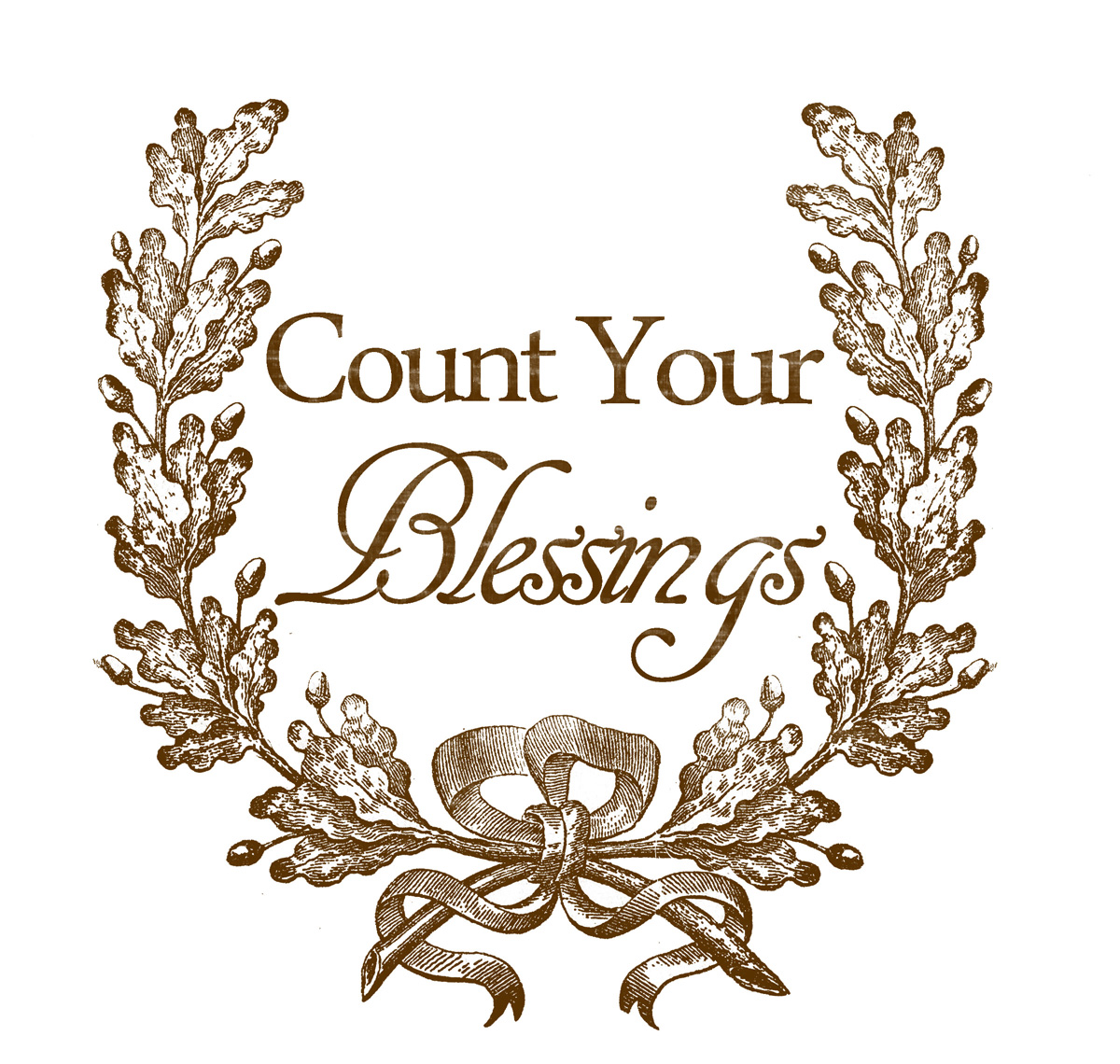
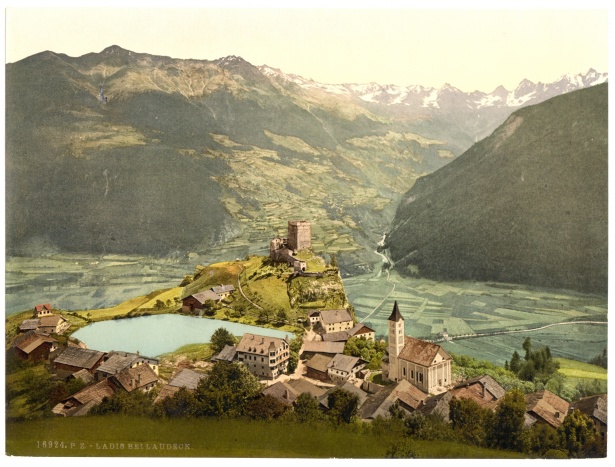

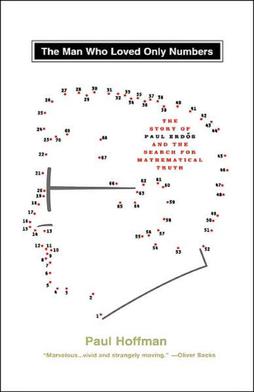






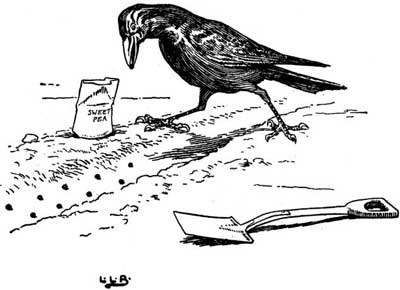





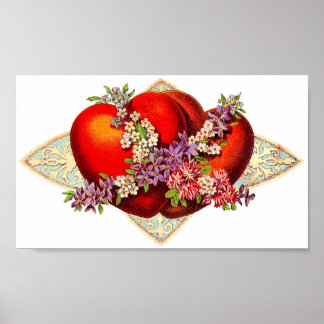
 I'm beginning to think that old Krampus needs to retire already!
I'm beginning to think that old Krampus needs to retire already!
